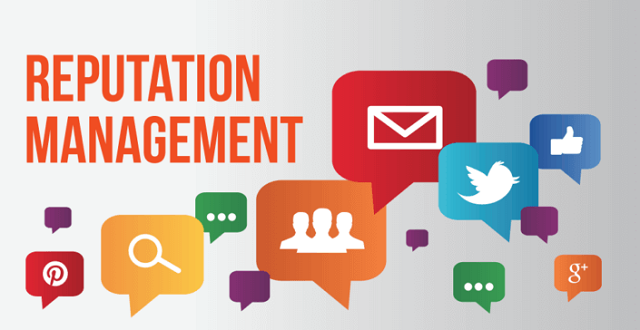The Reputation, that delicate word that supposes the success or the failure or, it shapes the glory or the embarrassment. For brands, years ago, it was difficult to measure consumer opinion based on their product. The promotional advertisement was on the main television networks and magazines of great diffusion and its success depended on this type of actions. What did the consumer think? He shouted his opinion with the television, commenting with his most intimate circle on the announcement of one medium or another. A pity not to have pointers for each individual and thus to have results on a mark 100% qualifying.
 The agencies had to conduct surveys, pre-test and post-test and install audimeters on televisions to get statistical results. This was the methodology of the old school. At the new school we have added new methods to more effectively evaluate a brand’s reputation.
The agencies had to conduct surveys, pre-test and post-test and install audimeters on televisions to get statistical results. This was the methodology of the old school. At the new school we have added new methods to more effectively evaluate a brand’s reputation.
The creation of social networks, online opinion forums, blogs and news where the user can express their opinion. All this information is gold and above all because it is written and recorded on the web. We are the owners of being able to decide what to do with this. Now we can know the consumer’s opinion because it manifests in the network. We can tell if our campaign is effective because of the number of clicks and responses.
However, it is at present when more reputation crises exist. Have we passed from a conformist user to a warrior user? No. The warrior user has always existed but before it was more difficult to know the origin of a positive or negative opinion. Now that everything is written in the web environment, should it be very easy to maintain an unblemished reputation? The answer is not always so.
From Brandchats we highlight “5 best practices” to improve and control our reputation online …
1. We should never ignore or lie to a user
We all make mistakes. A brand is managed by a person and as humans we can be mistaken. A consumer can get angry if a brand fails. But the more angry he will be if he writes a comment or opinion and receives no response. The consumer will feel abandoned by his brand and surely stop buying that product or service forever.
Errors can be amended but you have to always face it. It is much easier for a brand to respond to comments. The consumer although still angry will think “They have made a mistake but they are interested in solving it”.
One of the advantages of the online environment is that if a person contacts through social networks. The communication will be carried through this means. The brand itself can breathe and think the response to give. At no time will you have to endure the uncomfortable phone calls and the possible shouts. The online world allows you to reflect before typing.
2. There is an excess of my brand information on the network
A very common problem of the big brands is the excess of information in the network and the lack of hands to control all the comments. A brand like Mc Donald’s or Pepsi that is mentioned in every corner of the world, need monitoring tools to segment the information into sources, regions, type of comment and their source.
Negative comments will have a faster response as the situation requires it. These types of Social Media Monitoring tools, such as Brandchats, can build customized dashboars to make it easier for the brand to control their online reputation
3. We should not only remember our brand when it has problems
That the negative comments are minimal and that people do not talk too much does not mean that the online reputation goes smoothly. Many brands sin to pass indifferent to the consumer. We must remind the buyers that we are here to listen and help. A specific promotion on facebook or a discount if you use a certain hashtag, are small actions that can encourage the consumption of a product and position itself before the competition. Being a modern and innovative brand are essential values for a good brand reputation
4. Facilitate communication to the consumer
If the person interested in your product communicates with you in social networks we must respond by these means and be prepared. Passing the response to third parties or forcing the consumer to retype your question through an email or form is to delay the response time and may the person lose interest.
In the event that facebook or twitter are not the channels to respond according to what kind of suggestions should be specified in a noticeable way so that the consumer does not write in vain.
Response efficiencies are very positive attributes for online reputation.
5. Agility of response
Social networks are synonymous with immediacy. We can not respond to consumer comments a week later. Automatically and in parallel, this will have manifested in their profiles or among their acquaintances that “The X brand passes from me” “I wrote them X days ago and they have not answered me” so the problem is magnified.
In the event that the consumer is contacted through an email or form, we must highlight the time that your suggestion will be consulted. The company must enable multiple response channels. It may be that in a society where everything runs so fast one day of delayed response is too late.
Speed is highly valued in the 2.0 environment. A quick response favors the online reputation of the brand.